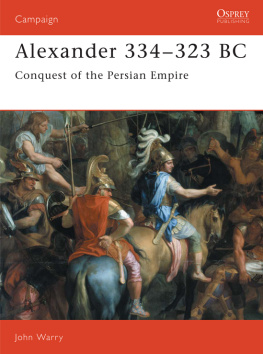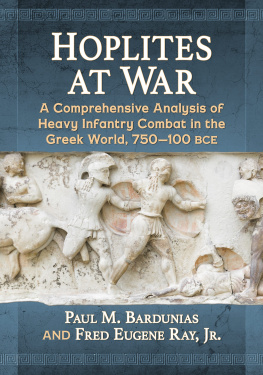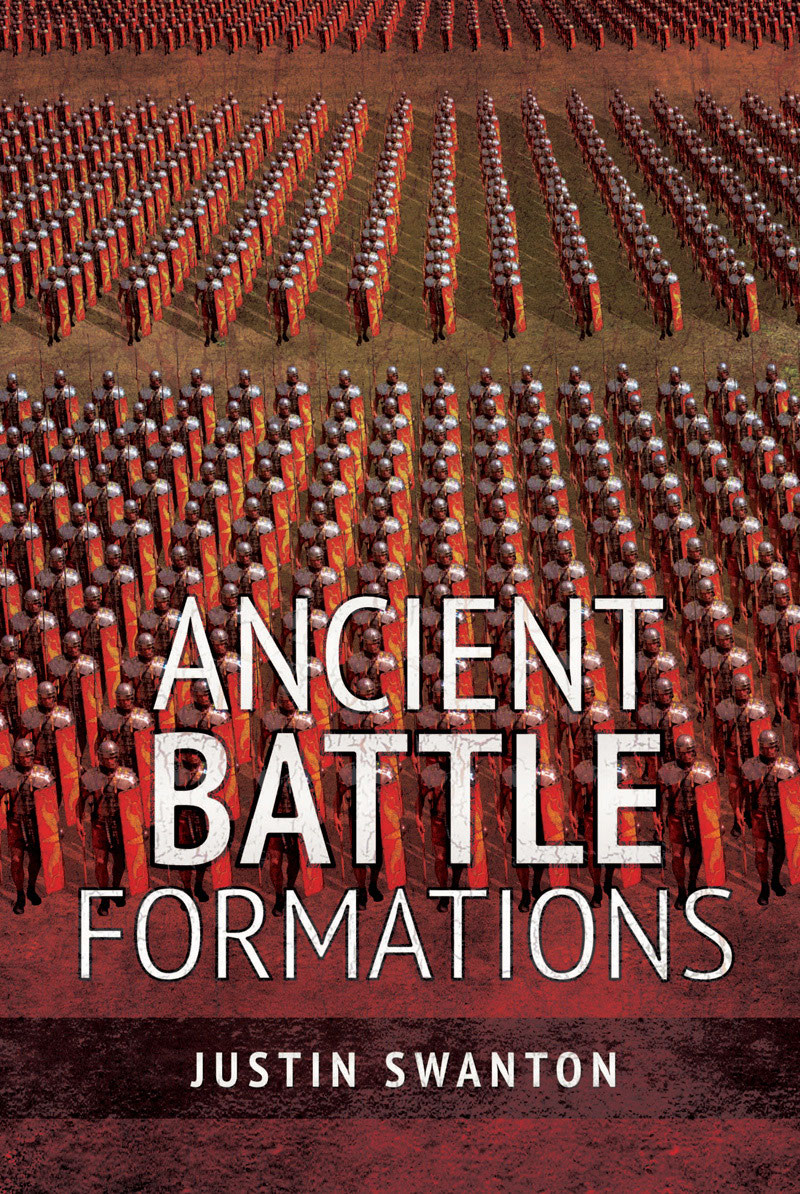Ancient Battle Formations
Ancient Battle Formations
Justin Swanton
First published in Great Britain in 2020 by
Pen & Sword Military
An imprint of
Pen & Sword Books Ltd Yorkshire Philadelphia
Copyright Justin Swanton 2020
ISBN 978 1 52674 006 9
eISBN 978 1 52674 008 3
Mobi ISBN 978 1 52674 007 6
The right of Justin Swanton to be identified as Author of this work has been asserted by him in accordance with the Copyright, Designs and Patents Act 1988.
A CIP catalogue record for this book is available from the British Library.
All rights reserved. No part of this book may be reproduced or transmitted in any form or by any means, electronic or mechanical including photocopying, recording or by any information storage and retrieval system, without permission from the Publisher in writing.
Pen & Sword Books Limited incorporates the imprints of Atlas, Archaeology, Aviation, Discovery, Family History, Fiction, History, Maritime, Military, Military Classics, Politics, Select, Transport, True Crime, Air World, Frontline Publishing, Leo Cooper, Remember When, Seaforth Publishing, The Praetorian Press, Wharncliffe Local History, Wharncliffe Transport, Wharncliffe True Crime and White Owl.
For a complete list of Pen & Sword titles please contact PEN & SWORD BOOKS LIMITED
47 Church Street, Barnsley, South Yorkshire, S70 2AS, England
E-mail: enquiries@pen-and-sword.co.uk
Website: www.pen-and-sword.co.uk Or
PEN AND SWORD BOOKS
1950 Lawrence Rd, Havertown, PA 19083, USA
E-mail: Uspen-and-sword@casematepublishers.com
Website: www.penandswordbooks.com
Contents
Foreword
by Paul Bardunias
Interest in ancient warfare stems from a wide variety of sources. Many scholars will look for much needed context for examinations of ancient cultural development, while others will seek to understand the human experience of warfare itself. So much of the material culture that has survived from lost cultures involves depictions or possessions of warriors and warfare, that interpretation demands an understanding of how they were used. Outside of academia, there are those who seek to broaden their understanding of ancient warfare as recreational wargamers, live action role players, and reenactors. The study of ancient cultures may now draw upon the diverse pool of talents that those interest groups possess. Alongside the traditional philologists and archaeologists, we see contributions from wargamers like Phil Sabin and, as reenactors have morphed into experimental archaeologists, input from those who have worn plausible recreations of panoply and marched in formation with others, like Christopher Matthew and myself. Ancient Battle Formations seeks to synthesize the understandings of warfare seen through different viewpoints in a way that allows the development of testable hypotheses.
Most ancient authors were warriors themselves or immersed in the warrior culture of their day and expected their audience to bring the knowledge of a similar experience to the understanding of their works. No living student of history can meet this requirement.
Understanding the military of lost eras requires a reconstruction of warfare in its original context, but most scholars have no military experience and those that do earned it in the context of early modern and modern warfare, at a time when huge conscript armies required extensive drill based on dehumanization and need for discipline as much as the tactical requirements of a battlefield. We can work to build context through analogy with cultures of similar technological levels for whom we have better records of warfare. Hans Van Wees focus on warriors of the New Guinea highlands as analogy for Homeric combatants challenged a paradigm of massed warfare in early Greek hoplites, while a focus on Renaissance arms manuals has shown a wealth of information on the handling of spears and pikes.
Regardless of the source of information, be it first-hand experience in modern warfare or analogies from other warrior cultures, a means of filtering what is plausible from what is not is needed. Much of the fine detail in our understanding of the physics and mechanics of weapons use and the movement of large masses of men has been based on what authors find intuitively plausible. The scientific process is designed to test the veracity of intuition, to falsify notions that seem reasonable until tested. Experiments, simulations, and the analysis of the physical properties and limitations of weapons and armor provide data that can be used to falsify hypotheses put forward and establish an accurate view of warfare in the ancient world. Experimental archaeology and historical martial artist recreation are a source for learning the limits of period-accurate technology and determining how a human body makes use of weapons and how masses of warriors coordinate movement. While we can never prove with surety that we have an accurate view, we can winnow away views that demonstrably fall short of what is possible for human physiology and groups of humans.
This book aims to take the surviving manuals on battle formations, as laid down by ancient tacticians like Asklepiodotus, Aelian, Arrian, and Vegetius, and test them against the descriptions of ancient battles, as well as modern experimentation in order to create context for a more accurate translation and understanding of the terms and tactics presented. By applying these concepts to a broad sample of cultures in the ancient world, we can see within this volume the evolution of tactics over time. This approach also compares different tactical systems in a manner that allows us to build analogies between them and broaden the base of our primary information about warfare in ancient societies. Novel experiments, as well as those of previous authors, are used to form a new understanding of the tactics brought to the field by ancient armies. Crucially, many original ideas are presented as hypotheses that can be tested and falsified. Each question is analyzed with the intention of bringing as many fields of study to bear on the topic as possible. This combined arms approach promises to provide insight into the battlefields of the past that has thus far eluded us.
Introduction
1. Method
Its surprising how little hard data we really have on the military history of Antiquity. Everything we know from the primary sources about the functioning of the famous Roman Triplex Acies for example can be printed on half a sheet of paper. Everything we know about the details of the second Persian campaign into Greece comes from a single author, Herodotus.
Archaeology and numismatics adds something to the primary sources, but not much. We are not even sure of what the spearhead and butt (or sauroter) of a sarissa looked like and archaeology tells us nothing about how the sarissa was wielded in battle. Most of what we know about the events of those times, as opposed to the art, architecture or burial practices, comes from written sources. And the written sources can sometimes be terribly sparse.
This is especially true of battle formations. With the exception of the authors of the three Hellenistic military manuals from Antiquity that have survived Arrian, Aelian and Asklepiodotus plus the author of the Roman manual, Vegetius, most writers in that period did not pay that much attention to the fine points of the structure of an army (the Hellenistic manuals, frustratingly, deal only with the Seleucid army and Imperial Roman cavalry, whilst Vegetius limits himself to the Roman army, which to a large extent is his idealised conception of what it should be rather than what it actually was). Diodorus, who gives the most detailed description of the Battle of Chaeronea, does not even make it clear whether Alexander attacked the Theban Sacred Band on horse or on foot. Livy is the only author who spares a few paragraphs to describe how the famous line relief system of the Roman legion worked he is the only one and this was the key component of the Roman army for six centuries!











